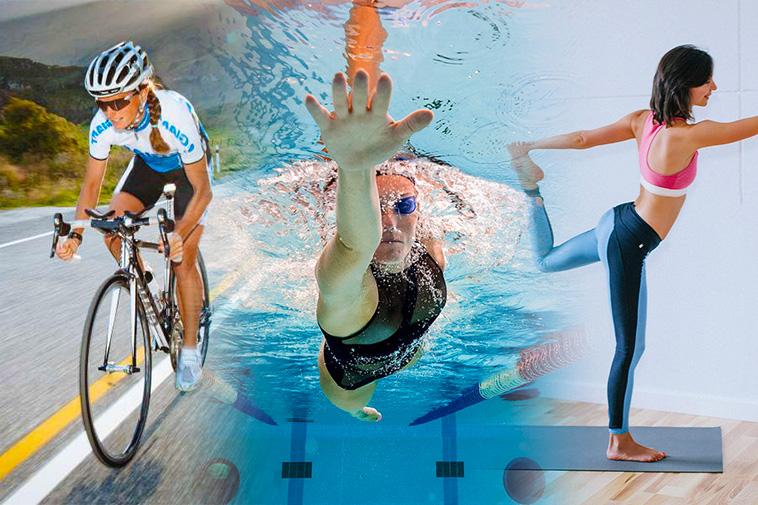Low-Impact Exercises That Help with Injury Recovery

Recovery programs have the purpose to restore the function to an injured part of the body. By creating a workout plan adapted to your needs, and performing low impact exercises, you can rebuild your strength and improve your flexibility. When done right, low-impact exercises can boost your range of motion. All rehabilitation programs include the following low-impact exercises because they help patients restore their body’s functions.
Yoga
Yoga is a helpful low impact exercise because it doesn’t put stress on the joints and it requires you to move slowly during the training. It’s recommended to perform the exercises under a practitioner’s supervision because they can correct your posture. During a yoga session, you perform multiple breathing exercises that help you restore the oxygen levels in the blood. Because it improves circulation, it also nourishes your damaged tissues and boosts recovery.
You can practice yoga in a place you find comforting and safe. If you don’t like yoga, you can try Pilates because it’s also an exceptional low impact exercise that can help you during your recovery period.
Swimming
Some people prefer swimming instead of yoga or Pilates because water relieves the pressure they feel on their joints. Water resistance encourages them to work all their muscles, not only the ones surrounding the injured area. Aqua aerobics and swimming are beneficial for the cardiovascular system because they force the heart to work more when the patient is soaked underwater. Even if the patient isn’t strong enough to swim, they can walk in the water and improve their physical condition.
Cycling
The patients who suffer from knee or ankle problems can perform stationary bike exercises to improve their mobility. The bike puts a minimum impact on the joints and requires little force so they can easily exercise. When joining a gym, they can use a bike with programs that allow them to adjust the resistance, incline and speed. Cycling can make workouts more interesting because patients can regularly change their exercises to try something new without damaging their injured area.
Walking
All recovery programs start with walking sessions because it’s the most common type of low-impact exercise. Doctors recommend injured patients to walk short distances daily before trying other recovery exercises. Walking strengthens the damaged tissues and boosts the healing process. It also prevents cardiovascular health problems and it improves the musculoskeletal strength. When cold outside, walking on the treadmill is a great solution.
Dancing
If the doctor recommends burning calories, dancing is a great exercise. You can try waltz, salsa, and foxtrot because they can improve your posture and build social skills. Socialising with other people suffering from the same health condition, or who practice dance to improve their health, is a great help during the recovery process. You should join a beginner’s class that allows you to explore different dances and helps you identify the ones you like the most. As you learn new moves, you improve your flexibility and support your injured area.
These are some of the most effective low-impact exercises you can try to improve your health state during your recovery stage.
